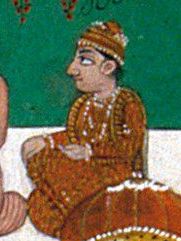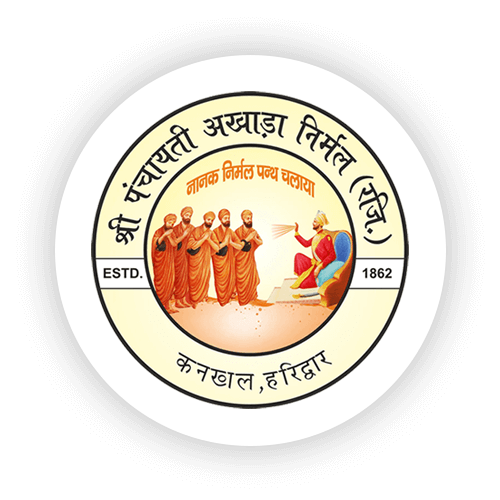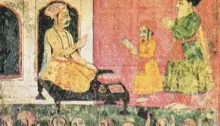DAYAL, BABA (1783-1855), founder of the Nirankari sect of the Sikhs, was born at Peshawar on Baisakh sudi 15, 1840 Bk / 17 May 1783. He was the only son of Ram Sahai, a banker, and his wife Ladikki, daughter of Bhai Vasakha Singh of Rohtas. He lost his father while he was still an infant. He learnt Gurmukhi from his mother and Persian and Pushto at a maktab (elementary school kept by a Muslim maulawi). His mother, a devout Sikh, nurtured him in the best traditions of the faith and took him out daily to make obeisance at the local Gurdwara Bhai Joga Singh. After the death of his mother in 1802, Dayal migrated to Rawalpindi where he opened a grocer`s shop and also started preaching a message of simple living, commonly addressing congregations at Gurdwara Peshaurian and Gurdwara Bhai Ram Singh.
GULABDASIAS, a sect subscribing to epicurean ethics, were the followers of one Pritam Das, originally an Udasi sddhu. Pritam Das`s principal disciple was Gulab Das after whom the members of the sect came to be known as Gulabdasias. Gulab Das, son of Hamira, was born in 1809 at the village of Rataul, near Tarn Taran, in Amritsar district. He had served as a trooper in the army of Maharaja Sher Singh. On the abrogation of the Sikh rule, he became a follower of Pritam Das, succeeding him on his death as the head of the sect.
ADDAN SHAH, BHAI (1688-1757), third in succession to Bhai Kanhaiya, founder of the Sevapanthi sect, was born in 1688 in the village of Lau in Jhang district, now in Pakistan. His parents were of a devout temperament and he inherited from them a deeply religious bent of mind. He learnt Gurmukhi and got training in the exegesis of Sikh scriptural texts from Bhai Gurdas Dakkhani, a leading Sikh of Guru Tegh Bahadur`s time. He also remained in the company of Bhai Seva Ram, a disciple of and successor to Bhai Kanhaiya, for a long time and ultimately succeeded him as chief of the Sevapanthi sect.
- 1
- 2










